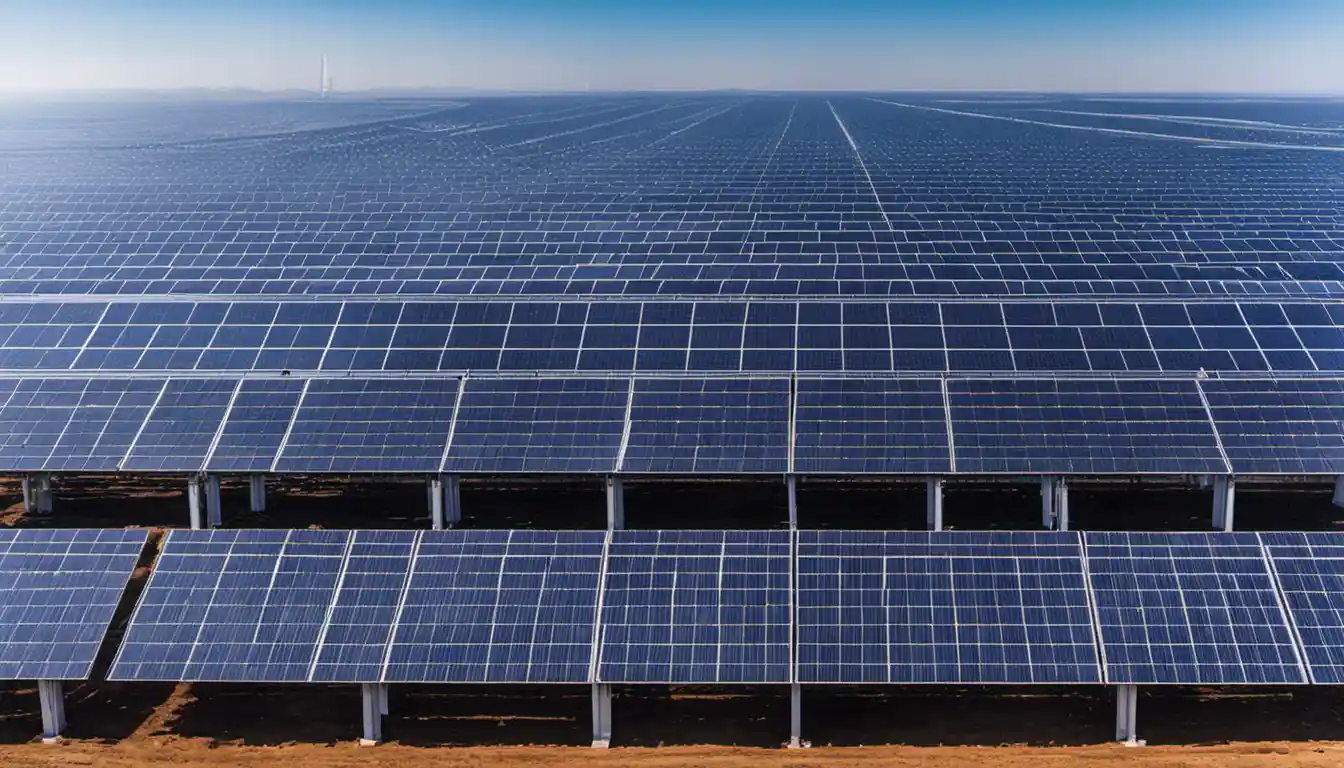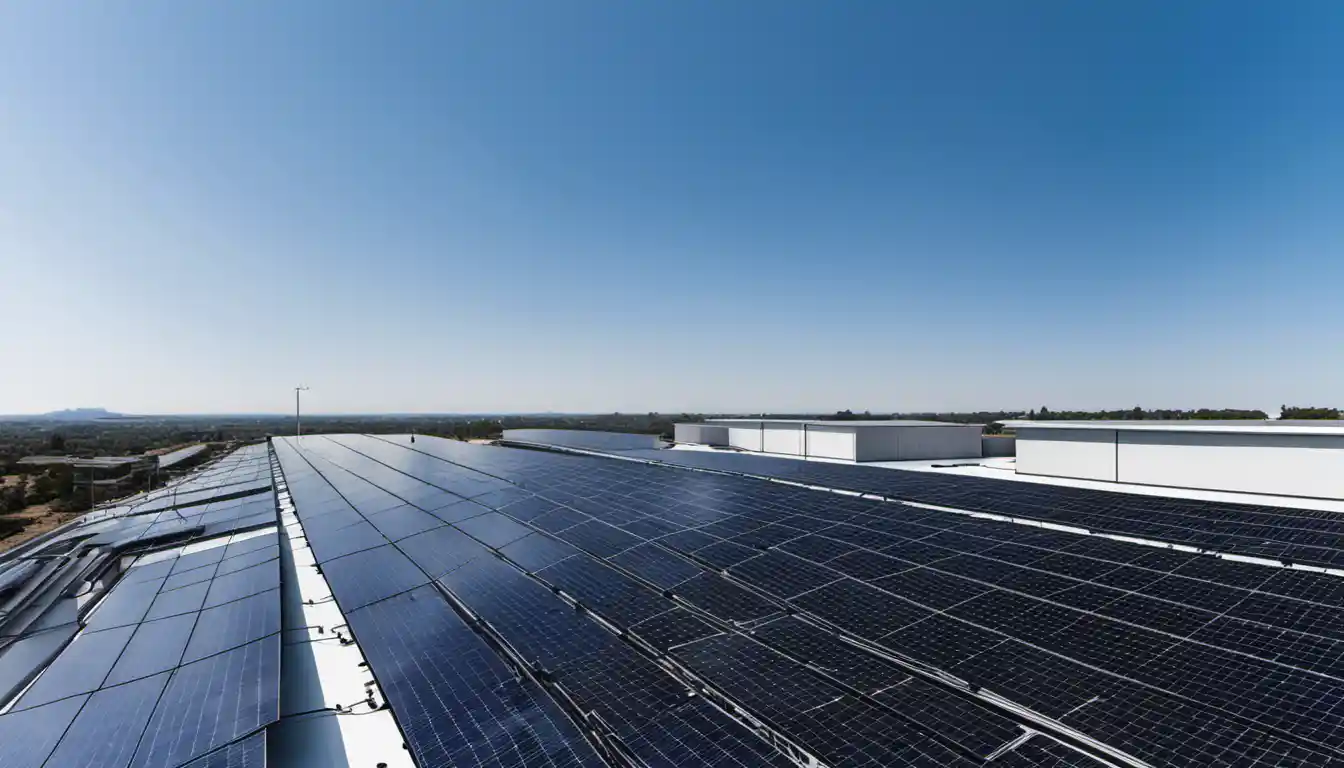Introduction
A string inverter is used in solar panel systems and works by converting direct current (DC) from a group of solar panels into alternating current (AC), usually servicing up to 20 panels. A central inverter, on the other hand, is a larger unit that all the panels in a system connect to, often used in large-scale commercial or utility settings. While string inverters are more suitable for residential solar panel systems, central inverters are more efficient when servicing larger number of panels.
Understanding String Inverters
String inverters have been traditional workhorses in the solar industry. Suppose you imagine every solar panel in your system as a bead. A string inverter links these beads together in a series, creating a “string”. If this system experiences an issue like shading, all the panels on the string are affected, decreasing efficiency.
Ideal cases for string inverters would be solar systems installed in locations with little to no shade. Due to their simplicity, they are also recommended for smaller, more straightforward installations, like residential setups.
Understanding Central Inverters

While string inverters are well suited to smaller arrays, central inverters provide higher efficiency for larger solar systems. Central inverters are commonly used in commercial installations, connecting multiple strings and managing the collected DC energy conversion to AC in one go. With a central inverter, even if one string is underperforming due to shading or other issues, the other strings can still operate at an optimal level.
Advantages and Disadvantages of String Inverters
String inverters come with several advantages. They are less costly than other types of inverters, making them a suitable choice for those on a budget. They are also simpler, equating to less maintenance and fewer complications during installation. However, they also have downsides. String inverters can significantly reduce the performance of your entire system if even a single panel is shaded or malfunctions.
Advantages and Disadvantages of Central Inverters

As for central inverters, they are more efficient than string inverters, particularly for larger solar systems. Although they are more expensive to install than string inverters, their high efficiency can lead to increased savings over time. Longevity is another advantage of central inverters, as they tend to last longer than string inverters. However, they require skilled professionals for installation due to their complexity, and any failure can lead to the complete shutdown of the solar system.
Comparing String Inverters and Central Inverters
When comparing costs, a string inverter setup is generally cheaper upfront than a central inverter. But it is crucial to remember that your decision should not merely be about the initial cost but about the long-term value of your investment. Given their high efficiency, central inverters could offer significant ROI for bigger installations.
As the solar world continues to evolve, the difference between string inverter and central inverter becomes more nuanced. What remains consistent, however, is the fact that your choice between the two largely depends on your specific solar requirements.
String Inverter vs Central Inverter: Which One to Choose?

In deciding between a string inverter vs central inverter, you’ll want to consider the size of your solar installation, the existing environmental conditions, budgetary constraints and overall power needs. For instance, if you are setting up a small scale operation on a shade-free rooftop, a string inverter can offer simplicity, cost-effectiveness and straightforward maintenance. For a utility-scale farm, a central inverter might be the better choice due to its high efficiency and capabilities.
The world of solar inverters is a wide spectrum, taking in everything from string inverters to central inverters, as well as other types. To chart your path through this landscape, you’ll likely want to read more about other types of solar inverters and how they can factor into your renewable energy strategy.
Conclusion: Decision Factors in Choosing Between String and Central Inverters
When you’re investing in a solar system, choosing the right inverter is fundamental. It’s like selecting the brain for your operation. Both string and central inverters have their place, with the difference between string inverter and central inverter hinging on the specifics of your installation. Assess your needs, do your homework, and make a choice that promises the best return on your green energy investment. Remember, the primary goal is to capitalise on the boundless power of the sun in the most efficient and cost-effective way possible.



